How to rebuild the internet as your personal feed of intentional inspiration for Everything – Part One
How to use the internet as a studio - not a stressor - to shape your taste and discover new delights to reset your creative energy
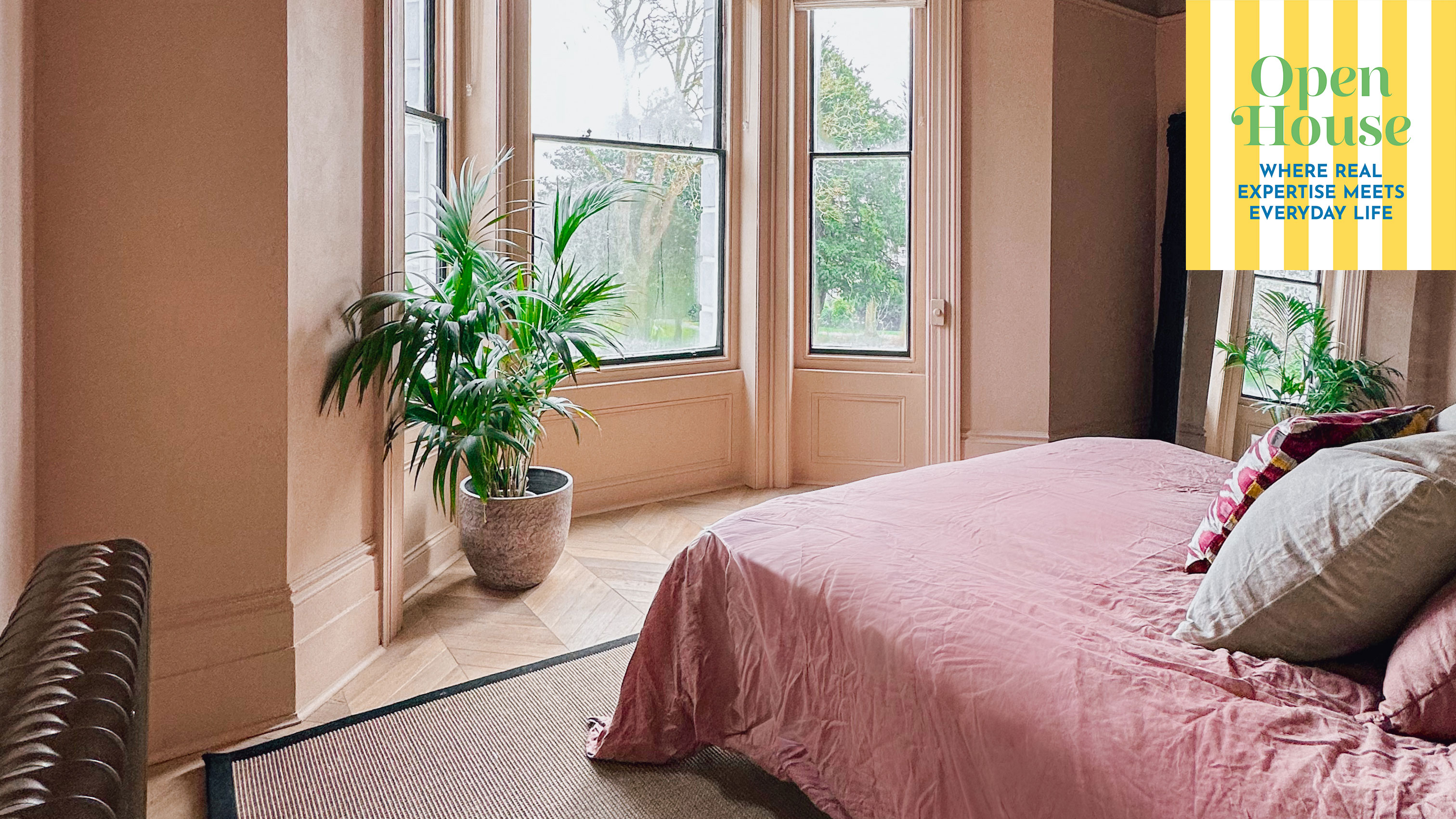

Strategist and content creator Francesca Swan is one of Ideal Home's new Open House contributors, sharing her thoughts on the concept of 'Everything' and what makes a home special to you. See the rest of her articles here.
An Everything creative click and sense of connection can be found digitally, as well as physically.
We all love a bit of shopping in our pyjamas, but in truth, the internet can just as easily help us as harm us. Billions of products and gorgeously styled clickbait at our fingertips… we can easily lose hours and somehow still can’t find the thing we want.
It’s becoming clearer every day that the internet comes with a BIG health warning. It is a tricky place with a lot of distraction, risk and volume.
To say the least, there's anxiety when we are faced with scams, flooded with unsolicited digital advertising, too tempting offers, and the ongoing threat of hackers and privacy concerns.
Not to mention the mental health impact of too much screen time, social media and constant negative news clogging up our feeds and minds. The more we see, the more numb we feel.
And yet, we still can’t put our devices down.
Sign up to our newsletter for style inspiration, real homes, project and garden advice and shopping know-how
It’s safe to say things feel a bit out of control and when we talk about overwhelm, a large extent of this comes through the internet.
The question is how we use it as an enabler to find those Everything pieces and navigate for information and inspiration in a safe, healthy, helpful and effective way? So we have a level of confidence and comfort, along with security and sanity.
The internet is catnip for me - ADHD brain, creative and retail background, and a lover of “stuff” - so I’ve learned the hard way how to shop and search smart, not spiral.
This is Part 1 of 2 on how we master our online experience to find our Everything. This time, we’ll focus on using the internet as a creative studio: aiming to build a calm, curated space for inspiration, not overwhelm.
Using the Internet with Intention and Insight
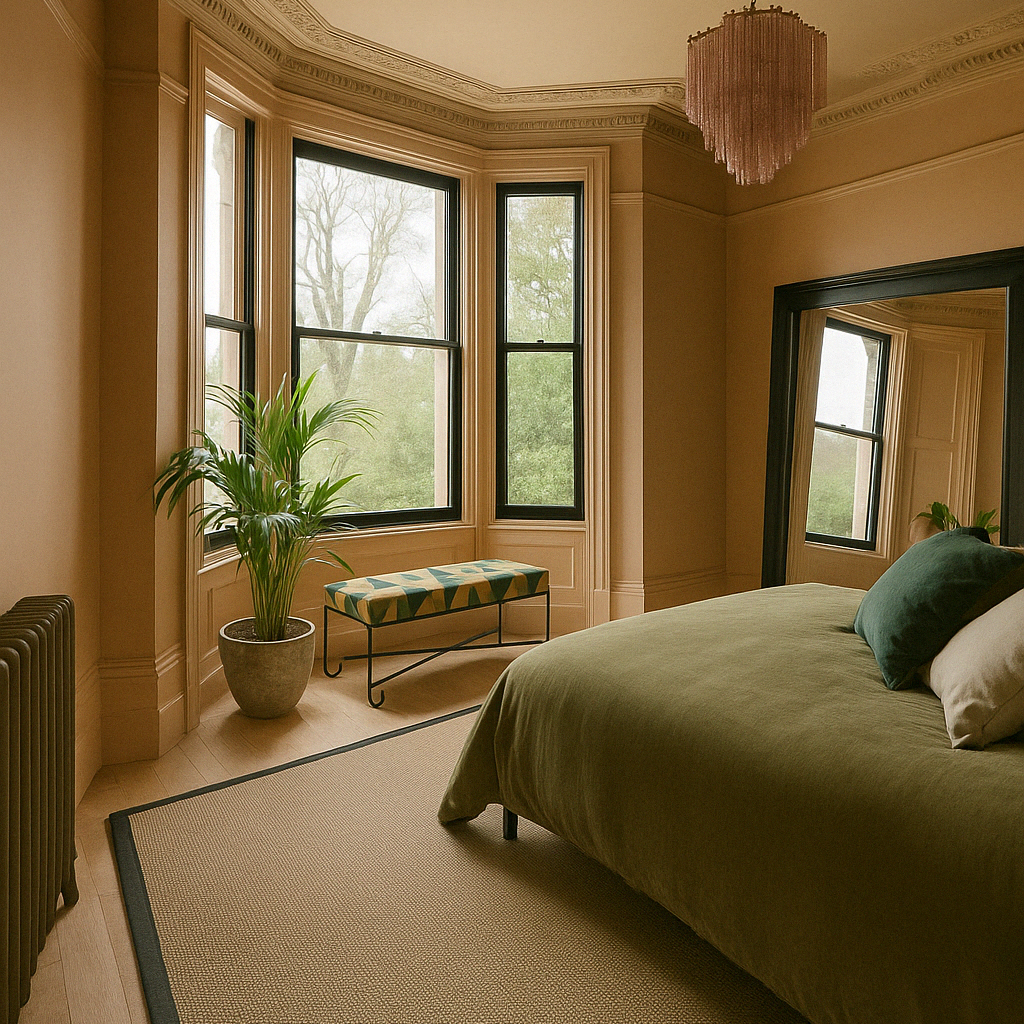
Before we even start searching, a quick sense check: I've said it before, but I’ll say it again; it's quite scary how quickly and easily we fall into bad habits.
We all move so quickly through our lives, we often don't have the time or inclination to reflect on how, when and why we do the things we do and the different ways in which we do them.
What are you doing that isn't helpful or causes you avoidable stress? What could you change? What do you need more information on so that you can be online more effectively and efficiently?
This doesn’t need to be a thesis. Scribble a few thoughts off the top of your head - they will come to you easily, I promise.
Think intentionally about the media channels you prefer. For example, I always have the sound off on social media and watch very few reels - I find them intrusive and disruptive. So be mindful of what you like and don’t like, and consciously change behaviours that add stress.
Use these to bring some mindfulness around whatever it is, and create good guardrails to help you control things a bit more. Endless searching, mindless over-spending, doom-scrolling for hours in the middle of the night - not great for mental health or the bank balance.
Ultimately, the internet is the internet, AI is AI; we all have access to trusted tools and information to educate and empower us to feel safe and comfortable, not exposed online.
A lot of this you will know, and if not, it's all there for you to find, if you want to go looking for it.
It can be as simple as setting up bookmarks, or choosing not to take the cookies so you’re not followed around with everything.
Think about which aspects really matter to you, and establish your own boundaries.
Reframe: A Palate Cleanser
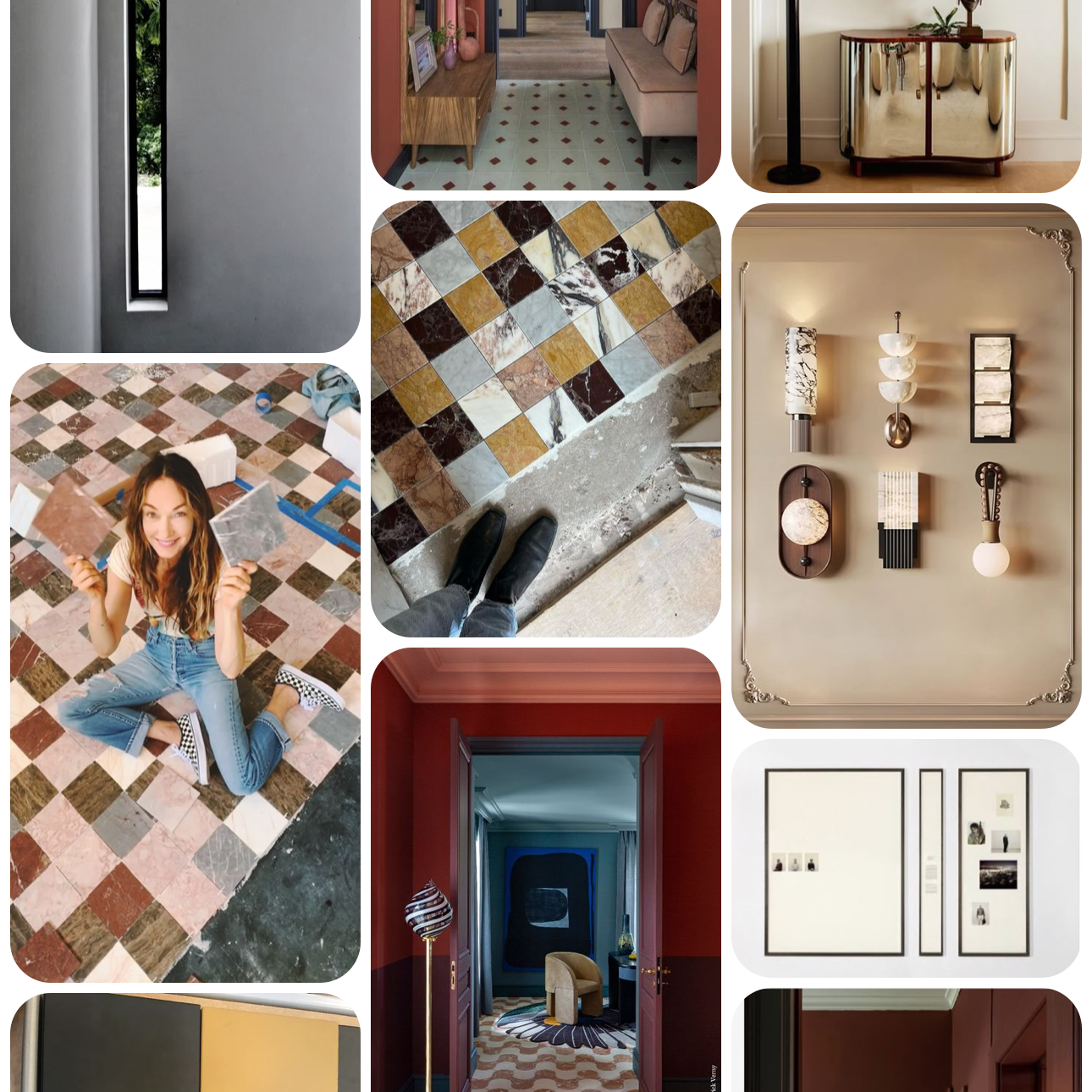
The exciting part of the internet is how deep you can go - learning about new designers, suppliers, products, and where to look for inspiration. But the danger is obvious too: hours lost doomscrolling, a feed padded with stuff you don’t want, or impulse buys that leave you feeling flat and broke.
So how do you use the internet effectively to get inspiration from the people, editorial platforms, brands and designers that spark your Everything pieces.
So before you go further, it’s worth a palate cleanser. Ask yourself honestly: what does your Everything look like now?
Because chances are, your current feeds aren’t accurately showing it. The reality is more likely a muddled blend of forgotten tabs, years-old impulses, random trends, and algorithm leftovers.
One random click, and suddenly you’re scrolling through a feed that feels partly irrelevant, interspersed with flashes of things you want, but padded with a whole load of stuff you don’t.
This is the problem with the internet: it serves you oversized portions of things you didn’t ask for. No wonder it can give you terrible heartburn and restless nights.
If you’ve already got a sense of what you want, great. But this is about inspiration-led prompts that help you discover more and learn what your Everything looks like. One of the most important things with Everything is that we don’t know what we don’t know.
Yet, herein lies the beauty of Everything. In the massive ocean of content that is The Internet, it’s easy to lose yourself, drifting without direction.
Everything is your life raft. It’s strongly strapped to your true creative self, and will keep you afloat and help you swim towards the calm blue waters lapping around your own dream island - white sand, swaying palms, peace.
The beauty of Everything, though, is that it acts as your life raft in the ocean of content. It’s what keeps you afloat and swimming towards calmer waters - the ideas, people and pieces that really spark something in you.
So: pause. Clear the clutter. Ask yourself what you actually want to see now. If you’ve already got a sense of what that is, brilliant. If not, go looking with intention. We don’t know what we don’t know - but we can decide how we discover it.
Hygiene Check
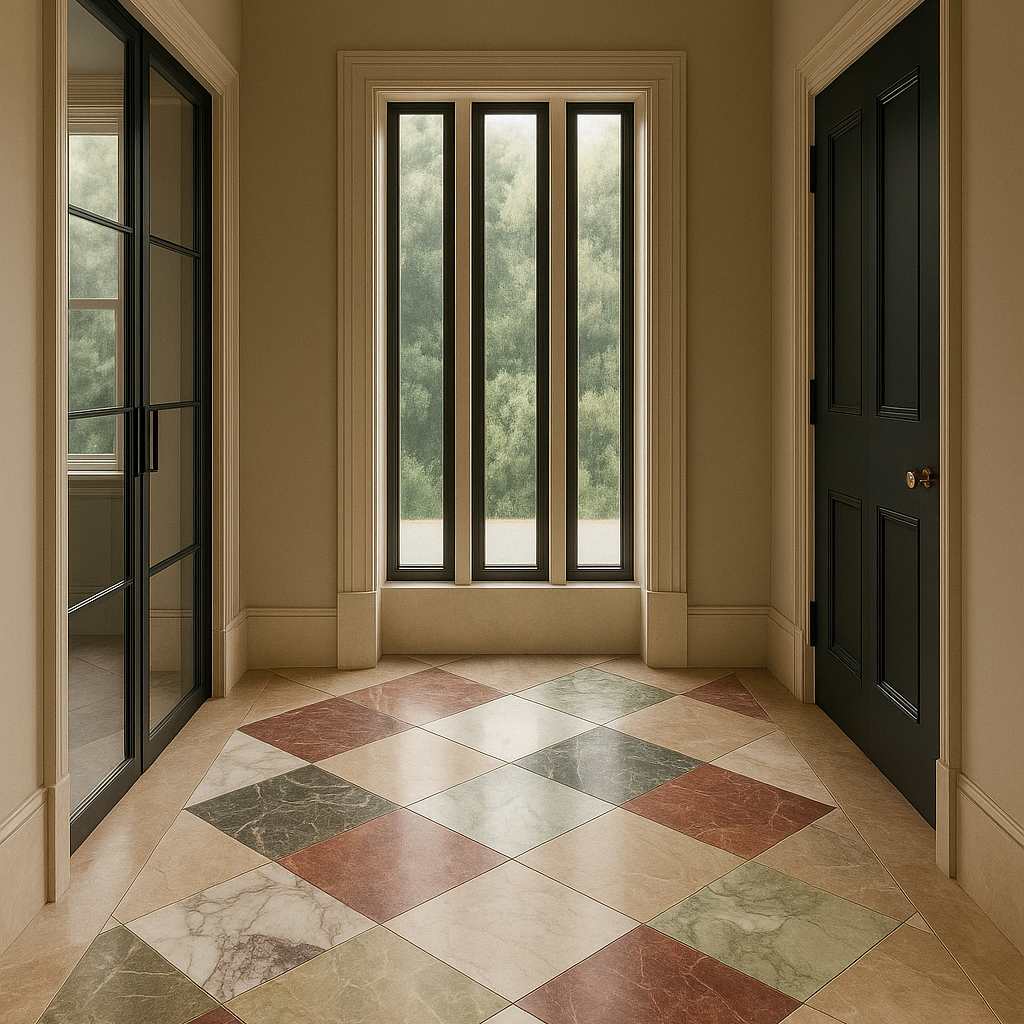
And once you’ve reframed, put a few guardrails in place:
● Say no to unnecessary cookies - don’t invite the ads in.
● Use bookmarks, not ad-chasing tabs - create your own curated trail.
● Take phone breaks - yes, the algorithm hates it, but your brain doesn’t.
● Try lock-out apps if scrolling is your trap - small interventions make a big difference.
● If you’re neurodiverse: you’re not alone. Around 15–20% of the UK is. These aren’t “nice-to-haves” - they’re survival tools.
Little resets like these are the difference between drifting and steering.
Curation: Editing Your Social Feeds
Too. Much. Stuff. Brain. Cannot. Process. Please. Reboot.
Sound familiar? Your feeds are flooded, but truly how much of what you’re seeing genuinely reflects your taste today?
One click can shift your entire feed. This happened to me recently: one skincare purchase and suddenly my interiors feed was swamped.
That’s why intention matters. Question where your inspiration is really coming from. Is it your true taste, or the algorithm shaping it for you?
● Cull the clutter. If you’ve had your accounts for a while, the reality is that the accounts you followed years ago most likely no longer spark what they used to, if they did at all.
Intentionally curating your feed is one of the simplest ways to get more inspiration. Here’s some tips I’ve found useful:
● Less is more. The fewer accounts you follow, the more you’ll actually see the ones you love. I know this sounds brutal in world where social media is social and financial currency, but nevertheless, trim it back. Take note, the big accounts you really love follow very few people. What does that tell you?
● Block ads, accounts and posts that aren’t relevant. This is such a good tool. Use it.
● Mute or filter. Don’t be afraid to use the tools that make your feed feel gentler and emotionally safer. If you know that something or someone triggers you, stop being a masochist and remove or mute immediately. I do this frequently and it’s really helpful.
● Folders not likes. Save into categories that help you find things later.
● Essential - social media breaks. We don’t talk about this enough. I’ve put years of energy into building my account and community, and like many fellow creators, I know the guilt and fear of stepping back. The algorithm punishes you, and you also feel guilty that you’re somehow letting people down. But remember this. Put your own oxygen mask on first, before trying to help others. You can’t create when you’re burnt out.
Define Your Brief
Instead of endlessly pinning, treat your project like a designer would: start with a brief.
This is very topline, but do a simple google or Chat GPT for the many wonderful templates available. I would also highly recommend the KLC one week interior design course if you are so inclined for a deeper knowledge, rooted in professional and technical theory.
Starter for ten:
● Mood and purpose. What do you want the space to feel like? What will you use it for?
● Light and space. North- or south-facing? Morning or evening room? Essential for understanding colour and lighting choices.
● Mandatories. Non-negotiables (the sofa you already own, or the flooring you won’t change).
● Initial sparks. Anything that already feels like Everything.
From there, define your search terms. Use ChatGPT or Pinterest to go wide, then refine into sub-boards or sub-folders.
Quite often, one reference will jump out and anchor the rest. For me, it’s often a single image that feels like Everything - and then everything else clicks into place around it.
If not, just keep going. It will happen eventually. And in the meantime, build, then create sub folders and slowly something will emerge.
Gentle reminder: do keep an eye on the clock and be mindful of when you’ve tipped from curiosity into compulsion. There’s a difference between exploring and drowning.
AI as a Studio Assistant
AI can’t tell you what your taste is. But used well, it can save time, educate you quickly and widen your world. I treat it like a junior designer or personal assistant: brilliant with legwork, but in need of a very clear brief.
Here’s how I use it:
● Design visualisation. Upload a photo of your room, then layer ideas one at a time: tiles, tones, hardware, layouts. Ask for surgical edits so the good stays locked while you test the next change. Be mindful this is a very energy-intensive process from an environmental perspective, so use sparingly.
● Colour theory. Compare how palettes behave in north vs south light; test tone calibration.
● Fast learning. Instead of 20 open tabs, I ask it to distil reliable sources into a clear pack.
● ADHD support. From planning systems to creative frameworks, it helps me stay organised enough to create, not burnout.
● Ethics. Golden rule: it supports, it doesn’t lead. Always provide a clear brief or briefs to ensure you stay in control of the vision and output.
● Collaboration. Build a profile and clear role for your AI assistant. Ask it what it needs from you to excel in whichever function you need it to perform in, go from there!
Tools & Inspiration Sources
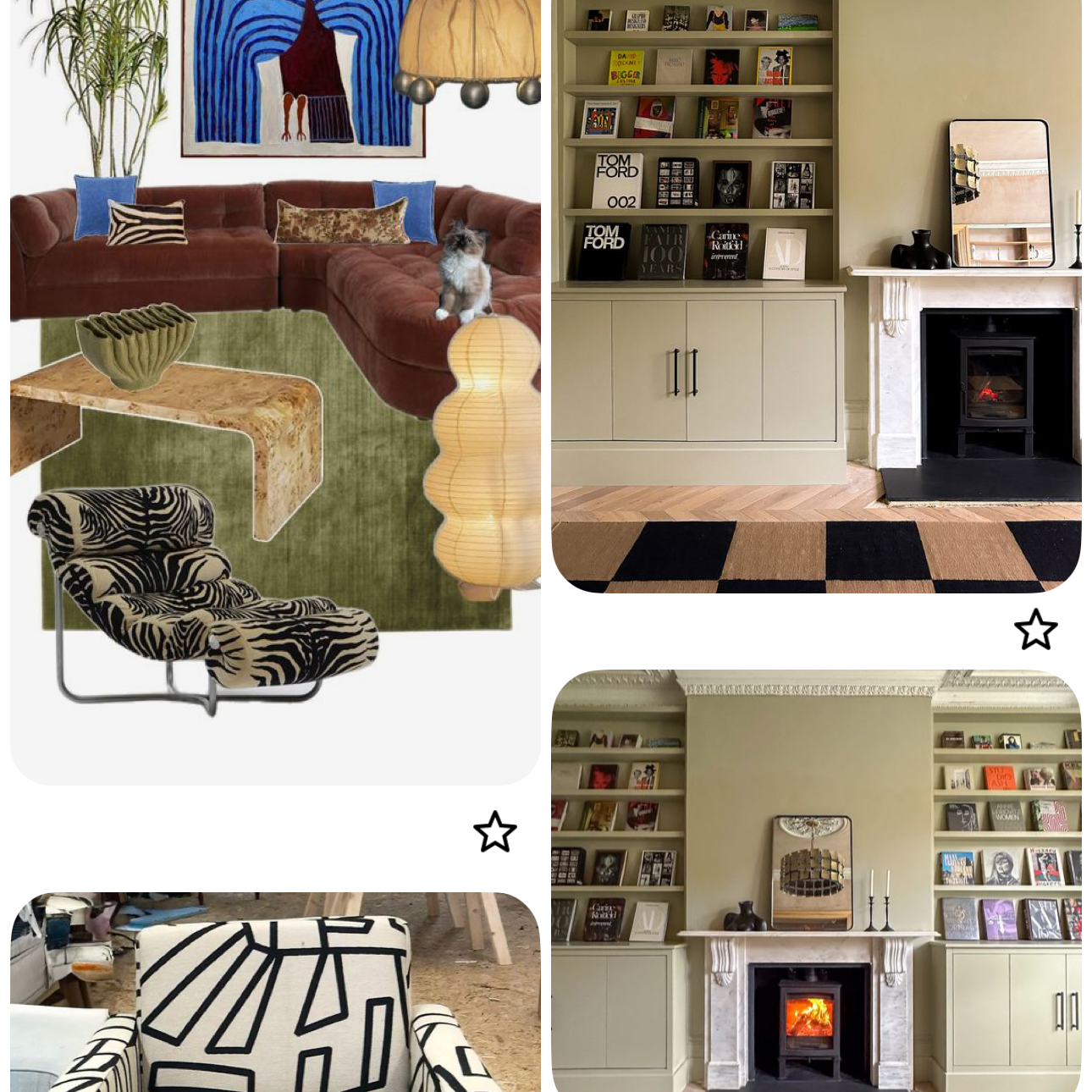
Pinterest: my hero tool
Pinterest is my go to starting point every time; it has great functionality for create simple boards, search by image, and follow recommendations that lead you deeper into new ideas.
Add image search and shopping functions, plus a collage tool for creating moodboards you can download; it’s quite simply it’s a brilliant enabler of both discovery and sourcing.
There’s a balance between exploring and getting lost. I can easily spend hours on Pinterest - huge fun for me, but my ADHD loves it TOO much and it isn’t always healthy. So I try to stay mindful of that and work with purpose.
Editorial & newsletters
Beyond socials, publishing platforms - whether creator led, newsletter driven, editorially focussed - are another huge resource.
Firstly, shortlist the brands, brand, design titles and interior designers you love.
The overwhelm can be real, but this is where ChatGPT is brilliant. Use a few specific prompts and references to outline your tastes, both text and images, and it will generate a reference list of new people, titles and places to explore - a quick, efficient way to discover new voices and ideas.
Then subscribe to their e-newsletters. They are curated, intentional, and keep you up to date on new launches campaigns and beautiful content, in a slower, more filtered way than social. I keep a separate inbox just for inspiration. The point is to allow the style signal space to shine, not drown in noise.
Ultimately, it’s about knowing how you like to consume your media. Define it, refine it, and keep your inspiration intentional rather than accidental.
That’s how you discover the ideas, people and pieces that truly spark your Everything.
My Top Digital Delights:
1. Kelly Wearstler - for me, still the original and the best.
2. Design Anthology
3. Apartamento - everyday, offbeat interiors with heart.
4. The Gentlewoman - editorial clarity and cultural cues.
5. Dia:Beacon / Frieze / Louisiana Museum of Modern Art / LACMA / Guggenheim / Tate Modern
6. Charleston - joyful colour, creative, literary and historial legacy.
7. Phoebe Philo - fashion, but essential for me for colour, shape and materiality which cross into interior inspiration for me.
8. Collagerie Lucinda Chambers and her team are genius when it comes to curating off beat and beautiful blends of must-have pieces.
9. My own Instagram community - honest, human, real.
Ultimately, this isn’t about fear. It’s about confidence. The internet can be chaotic - but it can also be a deep cave of treasures. Think of Everything as your helmet, torch, and safety rope to make sure you don’t get lost forever. Use it to create calm, intentional feeds, and you’ll surface with inspiration that feels true to you.
Next time, in Part 2, we’ll move from inspiration to action - the dream/nightmare that are resale marketplaces, smart and slow searching wins, and the small but mighty hacks that help you stalk and score your dream pieces for less.
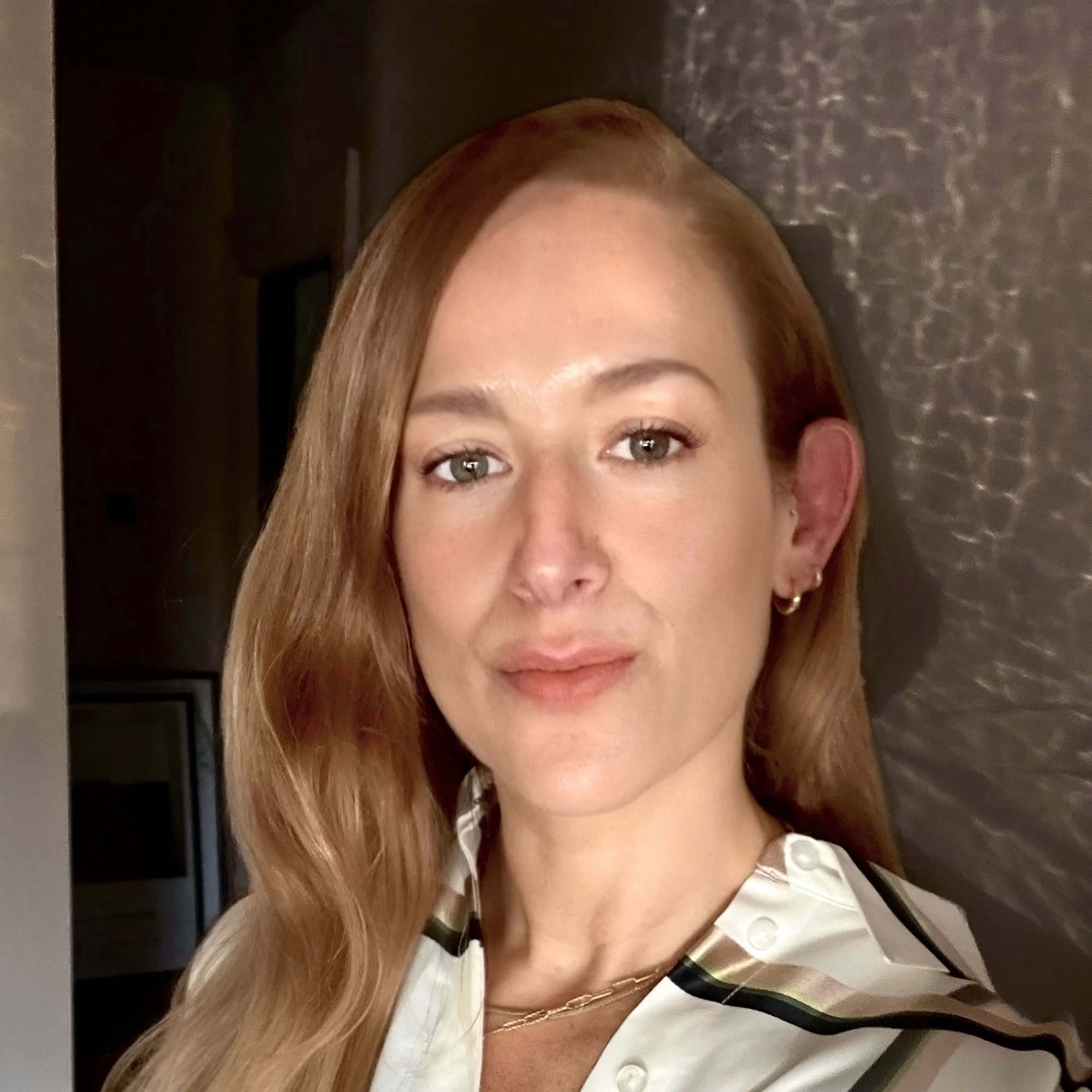
Francesca Swan is a strategist, content creator, and interiors obsessive whose career blends brand expertise, lived experience and a creative instinct for the unexpected and unique.